Figures & data
Table 1. Range and mean values of the independent variables for the two seasons and over all data
Figure 1. Daily number of flowers and bolls during the production stage (68 days) in the first season (I) for the Egyptian cotton cultivar Giza 75 (Gossypium barbadense L.) grown in uniform field trial at the experimental farm of the Agricultural Research Centre, Giza (30° N, 31°: 28′ E), Egypt.
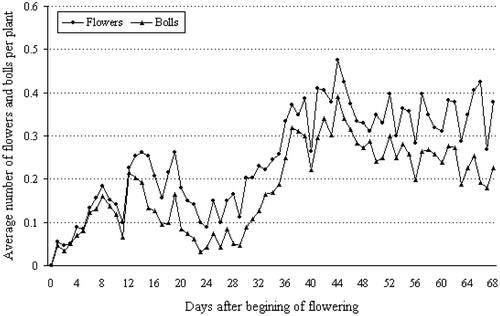
Figure 2. Daily number of flowers and bolls during the production stage (62 days) in the second season (II) for the Egyptian cotton cultivar Giza 75 (Gossypium barbadense L.) grown in uniform field trial at the experimental farm of the Agricultural Research Centre, Giza (30° N, 31°: 28′ E), Egypt.
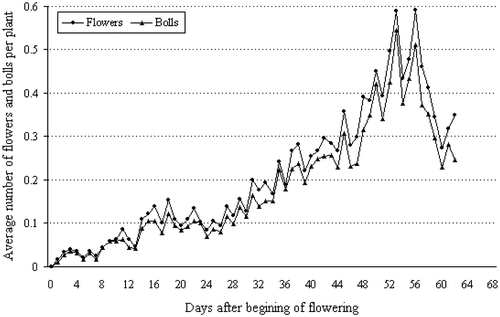
Table 2. Simple correlation values for the relationships between the independent variables and the studied dependent variable
Figure 3. Daily boll retention ratio during the production stage (68 days) in the first season (I) for the Egyptian cotton cultivar Giza 75 (Gossypium barbadense L.) grown in uniform field trial at the experimental farm of the Agricultural Research Centre, Giza (30° N, 31°: 28′ E at an altitude 19 m), Egypt.
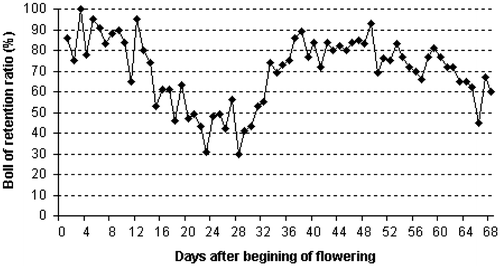
Figure 4. Daily boll retention ratio during the production stage (62 days) in the second (II) for the Egyptian cotton cultivar Giza 75 (Gossypium barbadense L.) grown in uniform field trial at the experimental farm of the Agricultural Research Centre, Giza (30° N, 31°: 28′ E at an altitude 19 m), Egypt.
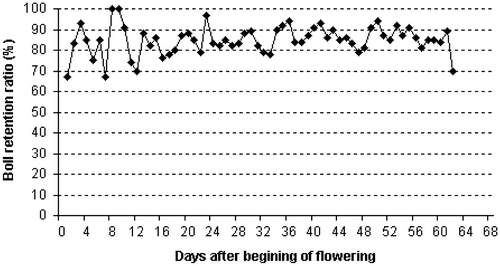
Table 3. Selected factors and their relative contribution to variations of flower and boll production
Figure 5. Daily number of flowers and bolls during the production stage (60 days) in the first season (I) for the Egyptian cotton cultivar Giza 75 (Gossypium barbadense L.) grown in uniform field trial at the experimental farm of the Agricultural Research Centre, Giza (30° N, 31°: 28′ E), Egypt.
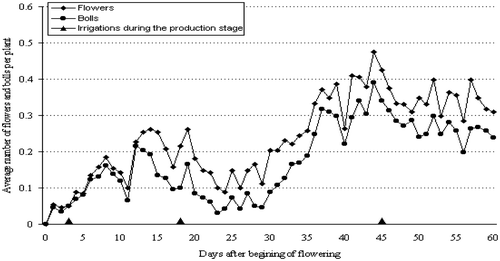
Figure 6. Daily number of flowers and bolls during the production stage (60 days) in the second season (II) for the Egyptian cotton cultivar Giza 75 (Gossypium barbadense L.) grown in uniform field trial at the experimental farm of the Agricultural Research Centre, Giza (30° N, 31°: 28′ E), Egypt.

